Author: Brian Hall
Valued by brewers and beer drinkers for the intense fruity aromas and flavors it imparts to beer, Citra was released by the Hop Breeding Company in 2007 and quickly became one of the most popular hops in the craft beer world. As hop bloodlines go, Citra is a veritable mutt with a complicated lineage including Brewer’s Gold, Hallertauer Mittelfrüh, US Tettnanger, and East Kent Goldings. In addition to its low cohumulone and high alpha acid content, Citra’s popularity stems largely from it’s particularly high myrcene levels, a hop terpene that adds citrus, tropical fruit, and “green” character to beer.
Alpha: 11 – 15%
Beta: 3 – 4.5%
Cohumulone: 20 – 24%
Total Oil: 1.5 – 3 mL/100g
Myrcene: 60 – 70%
Humulene: 7 – 12%
Caryophyllene: 5 – 8%
Farnesene: < 1%
Linalool: 0.6 – 0.9%
Geraniol: 0.3 – 0.5%
ß-Pinene: 0.7 – 1%
Parentage: Hallertau Mittelfruh, US Tettnang, EKG, Brewer’s Gold, unknown varietal
I’ve been using Citra for years and adore the characteristics it adds to my hoppy beers. While I’ve tasted several examples Citra-centric beers, they’re often blended with other varieties, which made me all the more excited to make a single-hopped Citra beer for this edition of The Hop Chronicles!
| MAKING THE BEER |
I designed a simple Pale Ale with the goal of exemplifying the Citra hops.
Citra Pale Ale
Recipe Details
| Batch Size | Boil Time | IBU | SRM | Est. OG | Est. FG | ABV |
|---|---|---|---|---|---|---|
| 5.5 gal | 60 min | 40.6 IBUs | 3.4 SRM | 1.052 | 1.012 | 5.3 % |
| Actuals | 1.055 | 1.005 | 6.6 % | |||
Fermentables
| Name | Amount | % |
|---|---|---|
| Pilsen Malt (Franco-Belges) | 10 lbs | 90.91 |
| Vienna Malt | 1 lbs | 9.09 |
Hops
| Name | Amount | Time | Use | Form | Alpha % |
|---|---|---|---|---|---|
| Citra | 12 g | 30 min | Boil | Pellet | 14 |
| Citra | 12 g | 15 min | Boil | Pellet | 14 |
| Citra | 24 g | 5 min | Boil | Pellet | 14 |
| Citra | 97 g | 1 min | Boil | Pellet | 14 |
| Citra | 114 g | 3 days | Dry Hop | Pellet | 14 |
Notes
| Water Profile: Ca 126 | Mg 0 | Na 0 | SO4 118 | Cl 135 |
Download
| Download this recipe's BeerXML file |
I ran the brewing liquor through my RO filter a day ahead of time, adjusting it to my target profile before setting up my heat stick for pre-heating.
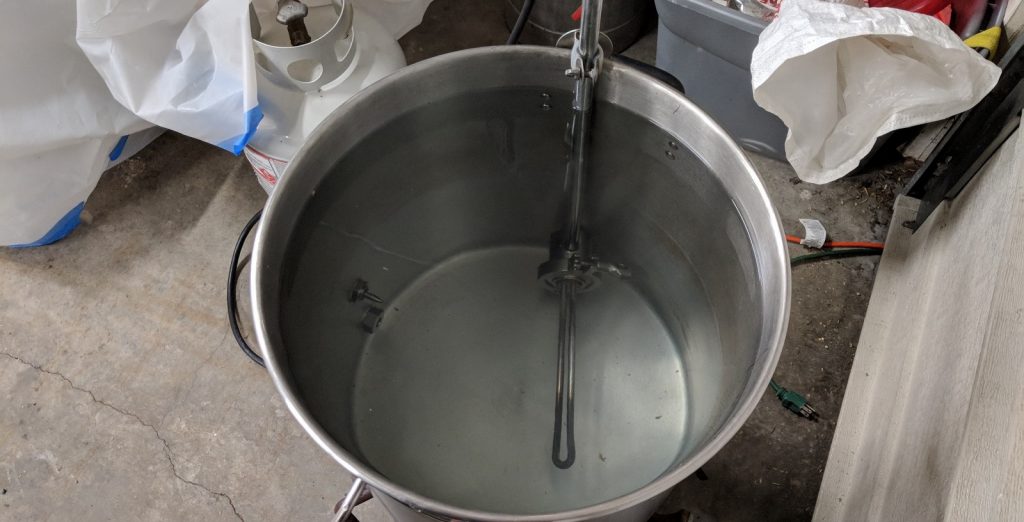
The following day, I weighed out and milled the grain.
With the water appropriately heated, I mashed in then checked to make sure I hit my target mash temperature.

The mash was left to rest for 60 minutes.
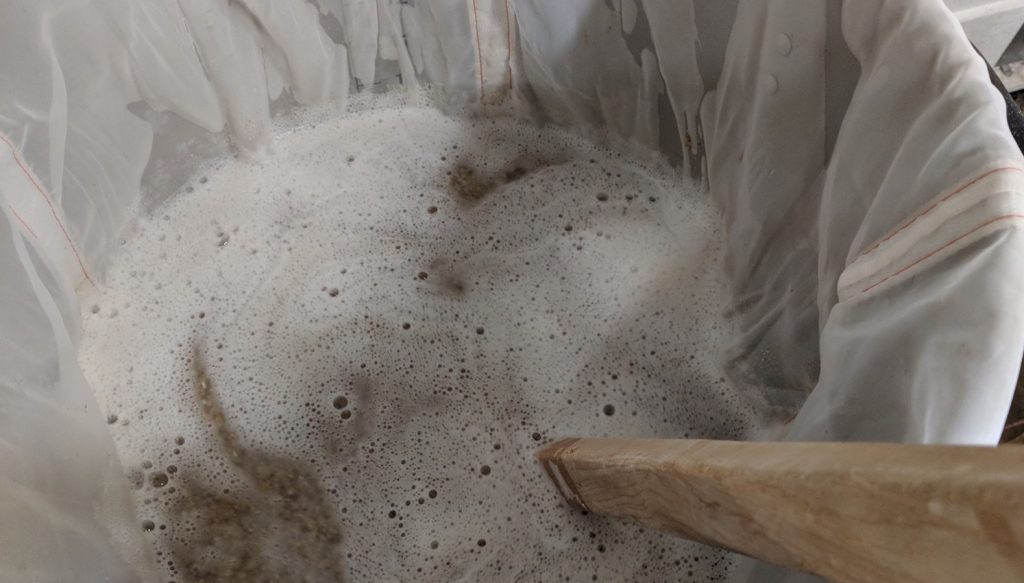
When the mash was complete, I removed the grain bag and let it drip until pre-boil volume was reached. As the wort was heating up, I weighed out the kettle hop additions.
The wort was boiled for 60 minutes with hops added as stated in the recipe.
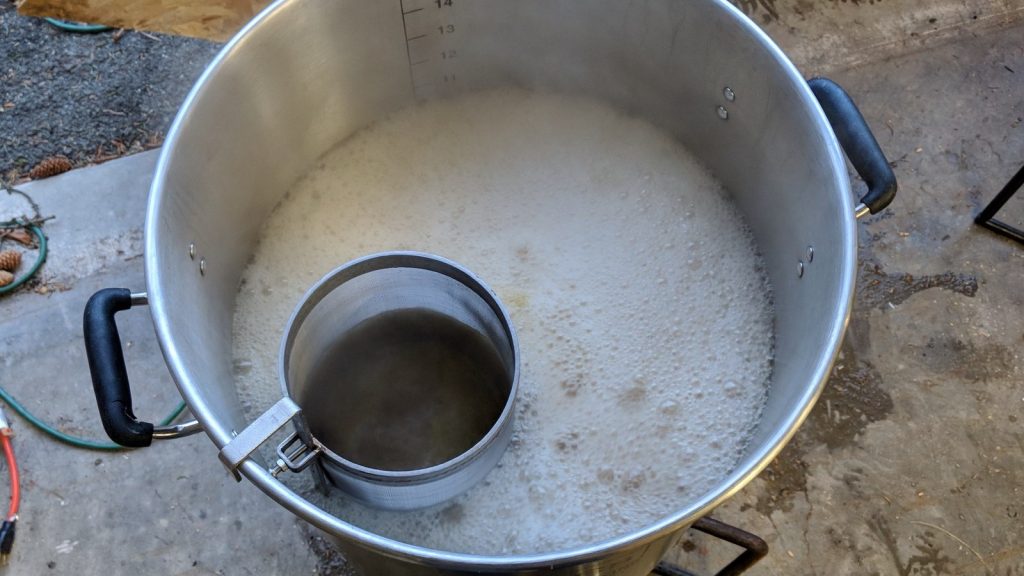
I quickly chilled the wort to 68°F/20°C with my immersion chiller.
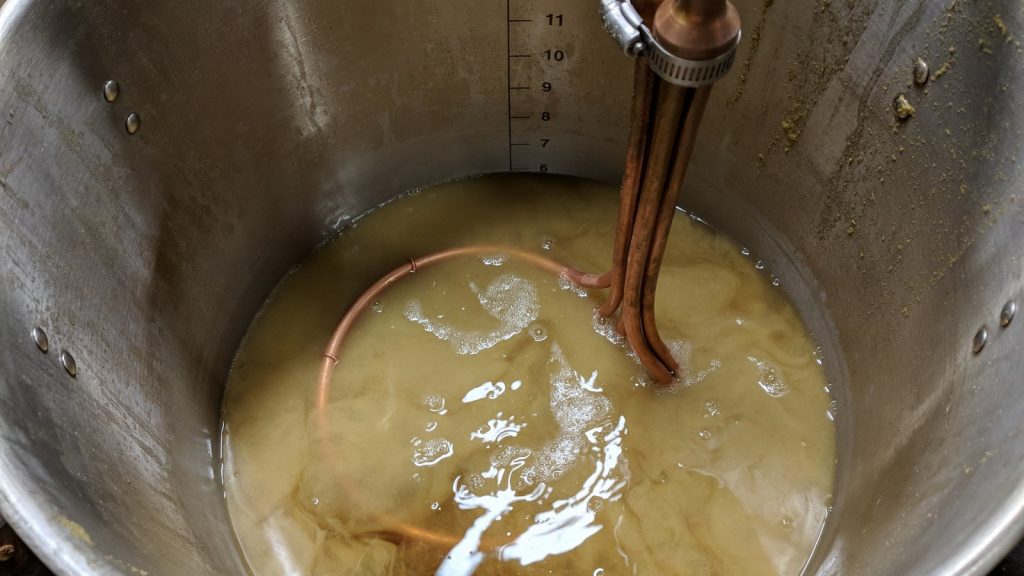
A refractometer reading of the chilled wort showed it was at a respectable 1.055 OG.

I racked the wort to a glass carboy then pitched a fresh can of Imperial Yeast A07 Flagship. The beer was placed in my fermentation chamber and left to ferment just over 1 week before I added the dry hop charge. I let the beer mingle with the dry hops for 2 days then took a hydrometer measurement to confirm the beer was done fermenting.
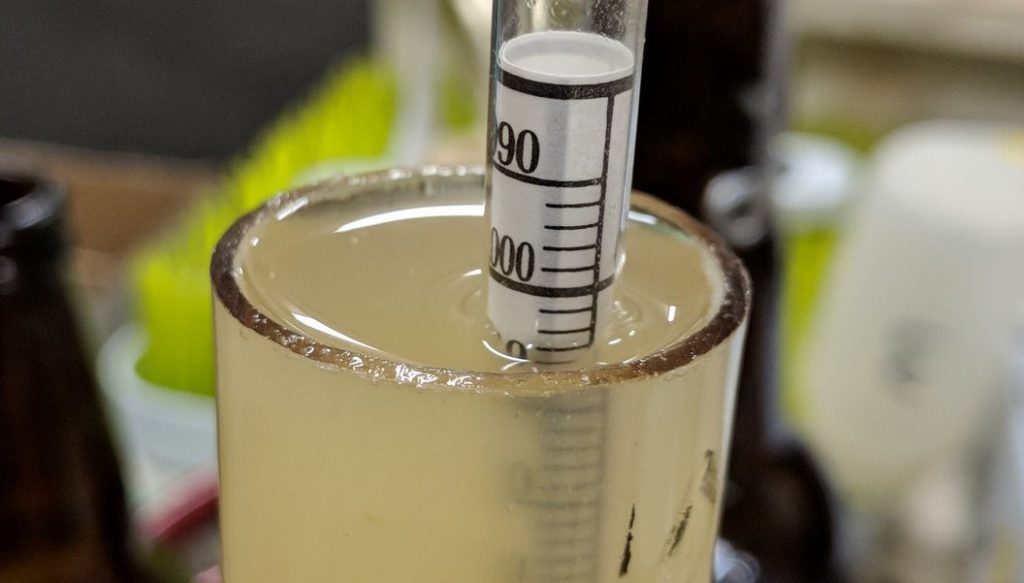
After racking the warm beer into a CO2 purged keg, I placed in my kegerator and hit it with a brief period of burst carbonation before reducing the gas to serving pressure. After a few days of cold conditioning, I began serving the beer to unsuspecting participants.
| METHOD |
Participants were instructed to focus only on the aromatic qualities of the beer before evaluating the flavor. For each aroma and flavor descriptor, tasters were asked to write-in the perceived strength of that particular characteristic on a 0-9 scale where a rating of 0 meant they did not perceive the character at all and a rating of 9 meant the character was extremely strong. Once the data was collected, the average rating of each aroma and flavor descriptor was compiled and analyzed.
| RESULTS |
A total of 10 people participated in the evaluation of this beer, all blind to the hop variety used until after they completed the survey. The average aroma and flavor ratings for each descriptor were plotted on a radar graph.
Average Ratings of Aroma and Flavor Perceptions
The 3 characteristics endorsed as being most prominent by participants:
| Aroma | Flavor |
| Tropical Fruit | Citrus |
| Citrus | Tropical Fruit |
| Stone Fruit | Pine |
The 3 characteristics endorsed as being least prominent by participants:
| Aroma | Flavor |
| Onion/Garlic | Onion/Garlic |
| Earthy/Woody | Berry |
| Berry | Earthy/Woody |
Participants were then asked to rate the pungency of the overall hop character.
Next, they were instructed to identify beer styles they thought the hop would work well in.
Finally, tasters were asked to rate how much they enjoyed the hop character on a 1 to 10 scale.
My Impressions: I love Citra and I felt this single-hopped beer had everything I expect when using it– a pungent fruity aroma with delicious flavors of citrus, tropical fruit, and a bit of lime. The only potential flaw in this beer had to do with the malt character, which I thought was a bit too light. In the future, I might go with either straight Pale malt or a mix of Pilsner and Pale malts to provide a better canvas on which the hops can be displayed.
| CONCLUSION |
I think it goes without saying that Citra has left its mark on the brewing world, which as a lover of pungent citrus and tropical fruit character, I sure am happy about. Not only did the data from blind participants corroborate pre-existing descriptors of this variety, but tasters also seemed to enjoy the single-hopped Citra Pale Ale quite a bit, perhaps an indication that its popularity won’t be waning any time soon.
Considering participants’ generally positive response to this Hop Chronicles beer along with Citra maintaining its place as one of the most popular modern varieties, one might wonder if there can be any downsides to such a delicious and versatile hop. Indeed, some claim to perceive a particularly unpleasant aroma in beers hopped with a large amount of Citra. As Dave Green notes in his article Advanced Dry Hopping Techniques, certain hops contain “thiols like 4MMP, a polarizing compound some beer drinkers liken to cat pee while others perceive it as tropical fruit aromas.”
Having never owned a cat or consumed cat urine, I honestly don’t know if I’ve noticed anything particularly feline in the beers I’ve made using Citra, including the Pale Ale I made for this Hop Chronicles. It’s possible I don’t have whatever genes cause some to perceive this seemingly awful aroma, or perhaps I’m simply less sensitive to it. However, given the relatively low rating and lack of expressed perception of this character by participants, I’m compelled to think it was either absent or present in low enough amounts to be overshadowed by Citra’s more desirable traits.
Overall, this experience only confirmed my existing belief about how how fantastic Citra really is. Despite so many new and experimental varieties popping up, Citra continues to be used in the production of deliciously fruity styles ranging from Blonde Ale to New England IPA, and I’ve no shame in admitting I’m a dedicated fanboy.
Citra is available now in various package sizes at Yakima Valley Hops, get them while you can! If you have any thoughts on this variety, please feel free to share them in the comments section below.
Support for The Hop Chronicles comes from Yakima Valley Hops, suppliers of over 40 varieties of hops ranging from classics like Saaz and Cascade to yet-to-be-named experimental options fresh from the source. Offering great prices with reasonable shipping, consider Yakima Valley Hops for your next hop purchase.
Support Brülosophy In Style!
All designs are available in various colors and sizes on Amazon!
Follow Brülosophy on:
FACEBOOK | TWITTER | INSTAGRAM
If you enjoy this stuff and feel compelled to support Brulosophy.com, please check out the Support Us page for details on how you can very easily do so. Thanks!


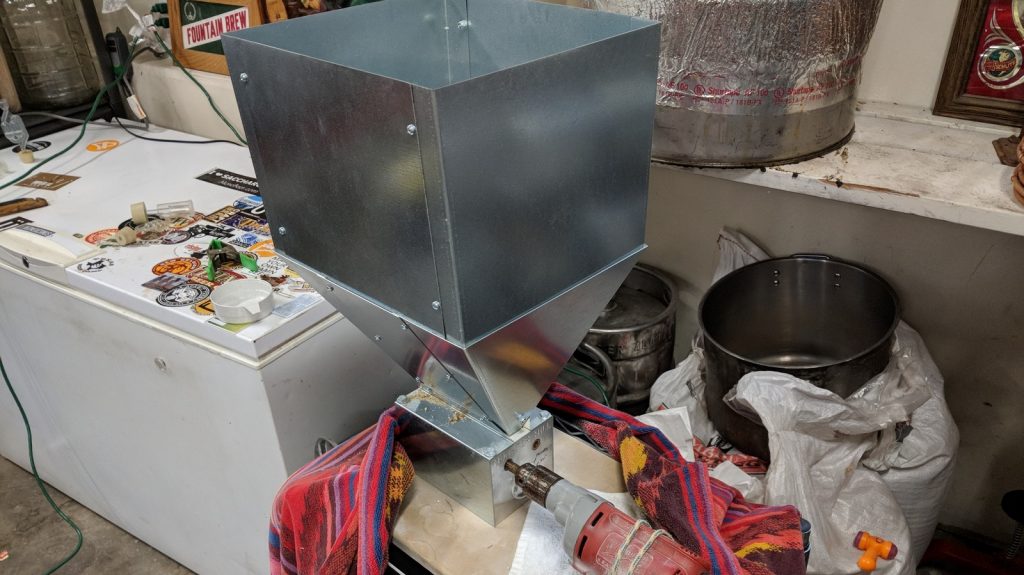
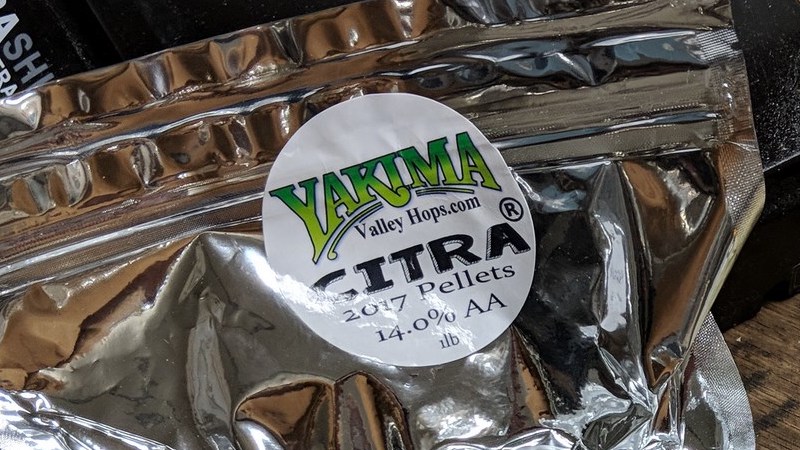
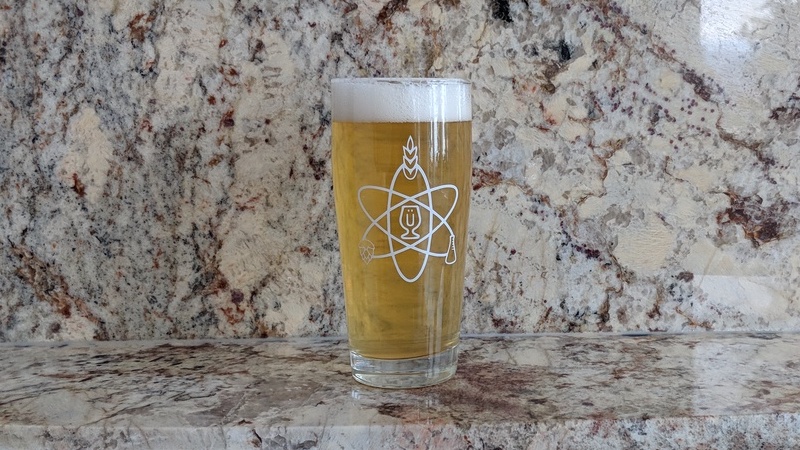
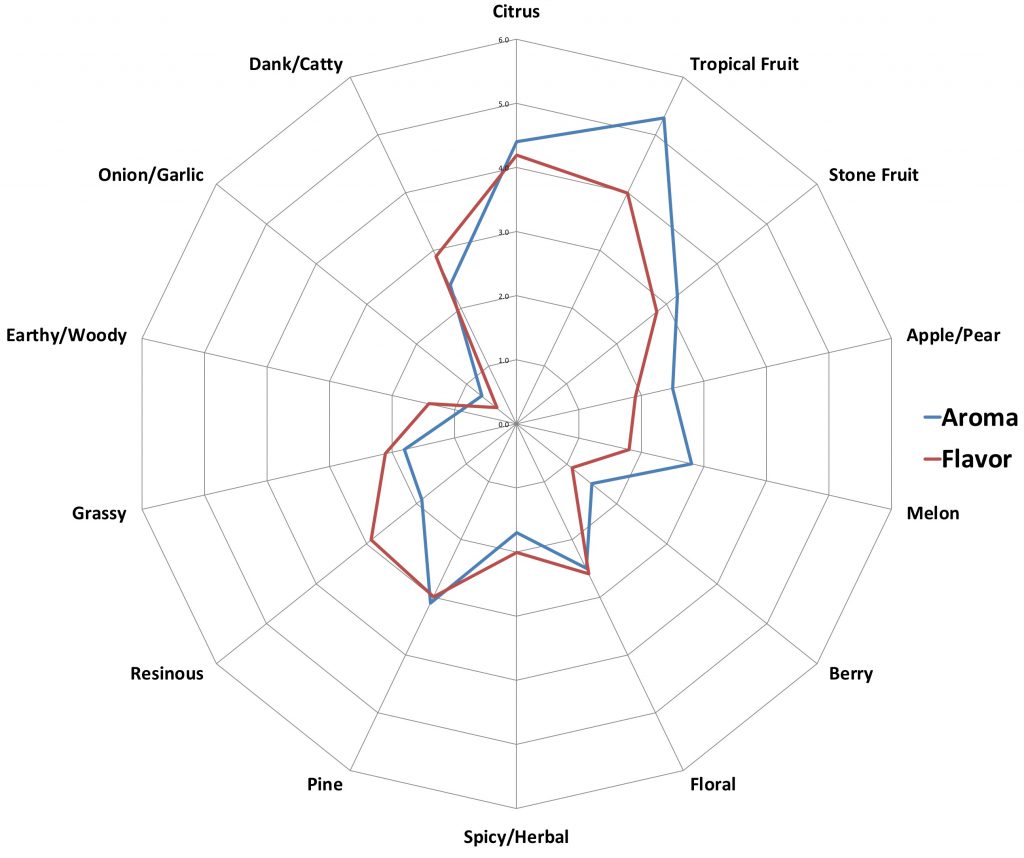
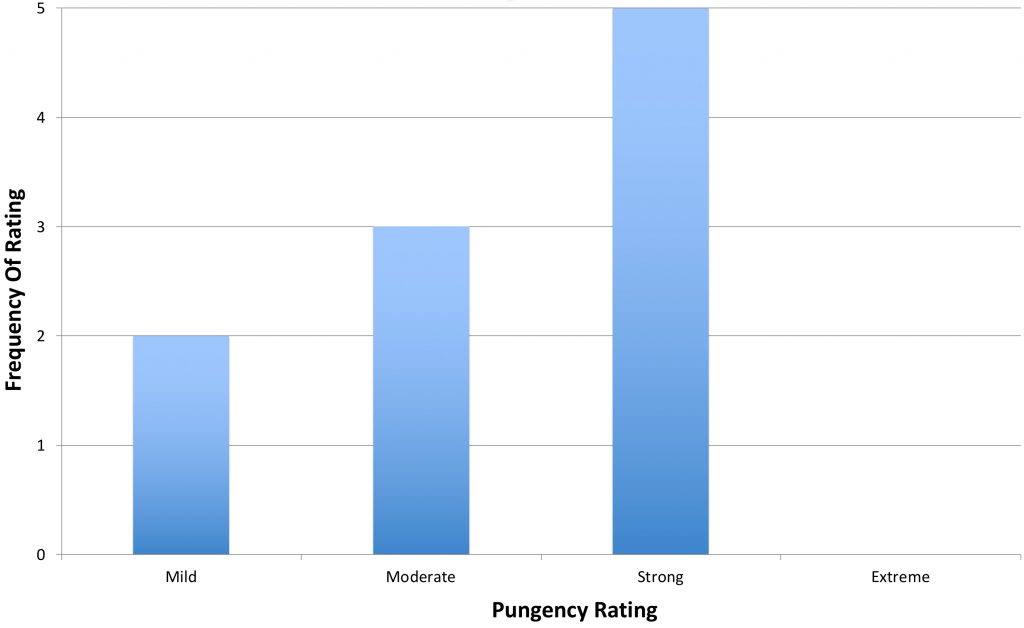
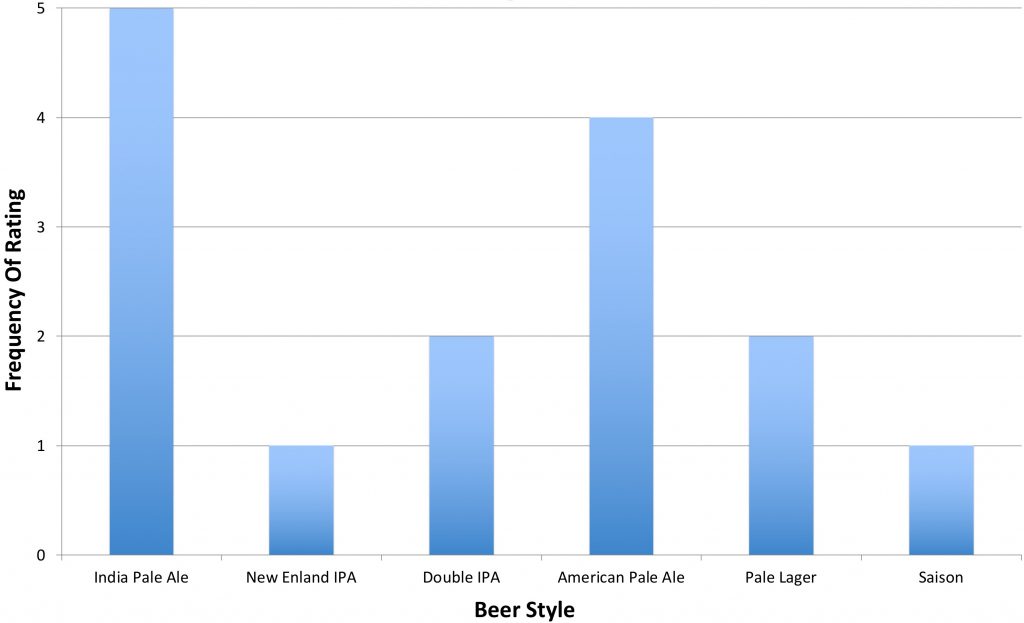
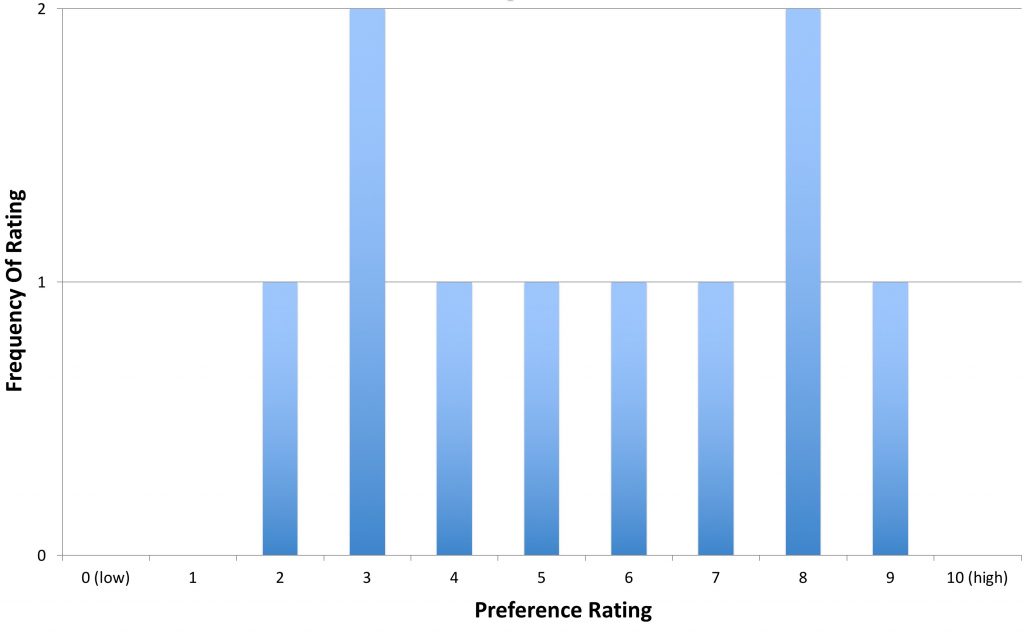











24 thoughts on “The Hop Chronicles | Citra (2017) Pale Ale”
Great write up, thanks for the work! As another option for your recipe, you may think about a 100% Vienna; mashed at 150°F (65°C), this gives a very nice malty touch without being overpowering.
Thanks! We try to keep the grist the same for the Hop Chronicles, but I’m sure 100% vienna would be great.
Can’t find the dry hop addition?
Should be fixed now!
I didn’t see a dry hop amount listed in the recipe, but two late boil additions. Is that an error? Thanks!!! Love the blog!
Should be fixed now!
Another excellent article, thank you. I’m curious about the onion/garlic category. I’ve never heard of a hop variety with those characteristics.
Apparently, it has to do with time on the bine once the hop has reached peak readiness, though certain varieties are also more prone to producing that character as well.
I get a distinct cream-soda flavour from citra hops (and not especially much tropical fruit) never seen that in any one else’s description though!
I’ve never picked that up, but we’re all built differently 🙂
With Citra dry hopping, a pale ale that I brewed in January, 3 to 4 weeks after bottling, started expressing an onion/garlic flavor that was quite unpleasant; my wife would drink the beer and not notice it though. It took another couple weeks for that flavor to dissipate to where the beer was enjoyable again. The Citra hops were from YVH and I believe they were 2016 harvest.
Also, I have had cats for over a decade and have only ever noticed an ammonia smell.
I’ve been buying Citra from YVH for the last three harvests and never noticed any onion/garlic. Interesting.
Hi Brian, great article! Citra is one of my favourite hops. I couldn’t see details of your dry hop addition. How much did you use?
Fixed, I used 4 oz!
Love Citra!!! I have a question about your water profile choice. Were you looking for a softer bitterness level and more malt character with your ratio of sulfate to chloride? I think I remember hearing on a podcast you prefer the more NEIPA style of hop flavor. Just curious for when I build my own profiles. Thanks for the right up!
Actually I used yellow balanced from Bru’n water. I’ll get that fixed.
Great work, thanks – had been warching out for Citra to appear here.
In the conclusion you say tasters seemed to enjoy the beer and that it got a positive response, but the preference graph looks more ambivalent, with about half the drinkers giving a 5 or less. I took that as evidence of a polarising beer that some tasters strongly disliked but maybe were too polite to say so explicitly?
I think it’s interesting that a few people thought the flavour would work in lagers – I haven’t seen that happen with citrus/tropical style hops in previous hop chronicles.
Lastly, I wonder if 9% Vienna actually has any impact on flavour, as it’s a pale base malt and not a flavourful malt like caramel or aromatic. The same would apply to small additions of light Munich, which I suspect also make no difference to beer but yet are very popular in recipes. Possibly a subject for a future exbeeriment?
It would be interesting to see if 10% vienna has an impact. I’ll add it to the list!
Citra has to be one of my favourite all time hops. It’s great and easy to use to get some great aromas in.
Just going back to your sentence on racking the warm beer into the Co2 purged keg and adding a brief period of burst carbonation. Can you elaborate on this further? I though Co2 was not great at carbonating warm beer. I assume your beer was around the 18-22 degrees Celsius range when you put it into the keg and put the keg into the kegorator? Did you cold crashing at the same time as burst carbonating? What level of psi did you use and for how long?
Thanks!
When carbonating, warm beer hits the keg, is connected to gas and is placed in the fridge. Then it carbonates as it cools. For burst carbonating, I generally use 30psi for a day, day and a half. Then I relieve a little gas and set to serving pressure.
Do you think the lack of malt character is from the super low final gravity? 1.005 is very low for a pale ale, its in saison territory. Imperial Flagship seems like a beast, it always seems to finish lower than calculated. Maybe it’s more suited to a high gravity beer.
Possibly, I’ve got a few ideas why I think it was a bit lower.
Can you get hold of UK lager malt? It’s popular in golden ales, often as 50/50 with MO or other 2row.
I’ll look into it!